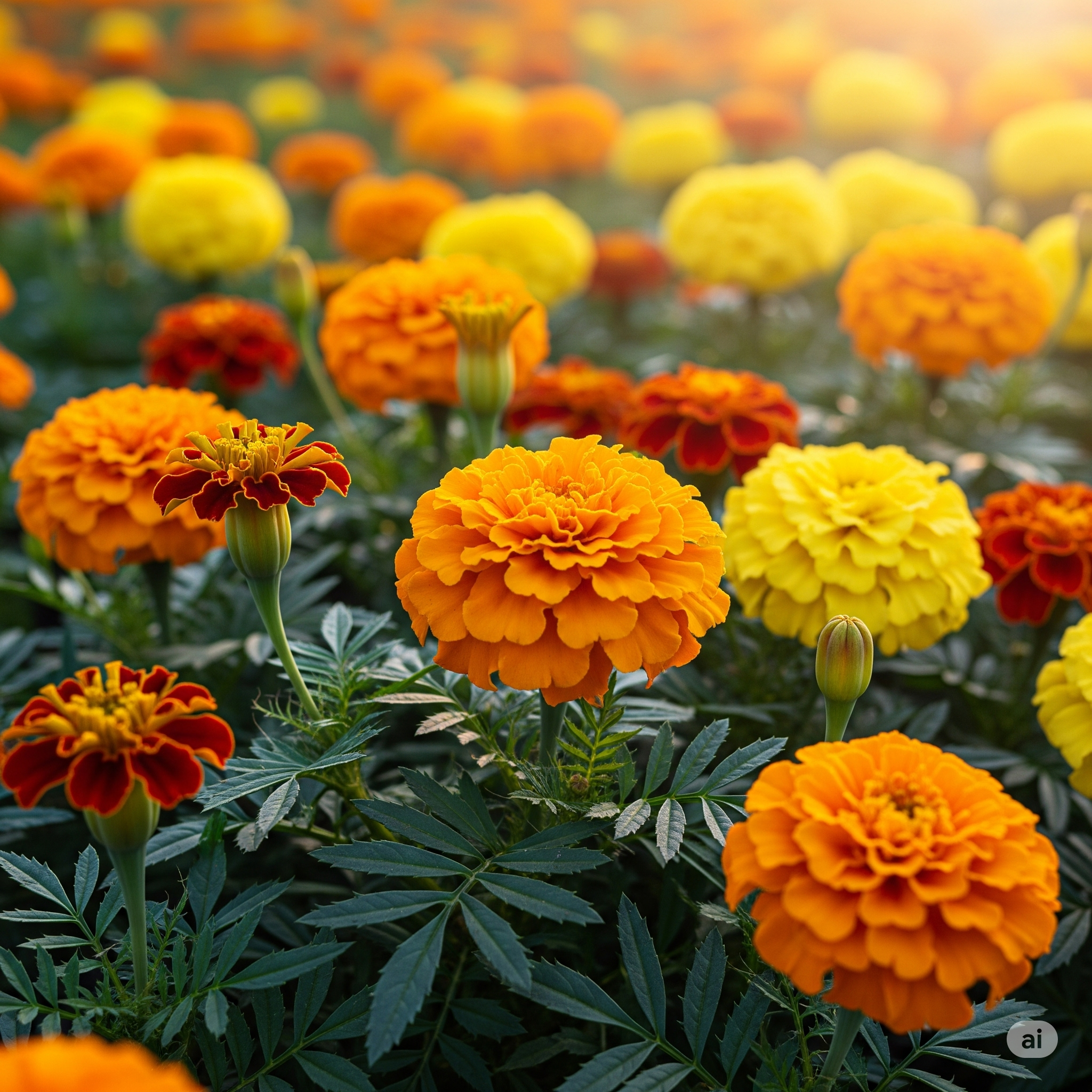Some links on this Website are affiliate links, meaning we may earn a commission if you make a purchase, at no additional cost to you. Please read our full Affiliate Disclosure for more details.
Tomato plants are among the most rewarding crops to grow, but if left unchecked, they can quickly turn into a dense, tangled mess of stems and leaves. When your tomato patch looks more like a jungle than a garden, it’s time to take action. Knowing how to prune overgrown tomato plants correctly not only improves their appearance but also boosts fruit production and overall plant health.

Pruning may seem intimidating at first, but once you understand the process, it becomes one of the easiest and most beneficial gardening habits. In this guide, we’ll break down everything you need to know—from when to prune to the step-by-step method of trimming your tomato plants for optimal growth and yield.
Why You Should Prune Overgrown Tomato Plants
Overgrown tomato plants can look lush and healthy, but in reality, too much foliage often does more harm than good. The plant’s energy is spread too thin across unnecessary stems and leaves instead of being concentrated on developing strong fruits. Pruning helps redirect this energy toward what really matters: producing flavorful, juicy tomatoes.
When you prune tomato plants, you open up the canopy, allowing better air circulation around the leaves and stems. This improved airflow reduces humidity and lowers the risk of fungal diseases such as blight and leaf spot. Pruning also allows more sunlight to reach the lower parts of the plant, ensuring even ripening and healthier growth.
Additionally, pruning prevents overcrowding. Dense growth traps moisture and creates hiding spots for pests, making the plant more vulnerable. Regular pruning tomato plants also makes watering, fertilizing, and harvesting much easier, as you’ll be able to see and reach every part of the plant effortlessly.
How To Stop Plants From Growing Back
When to Prune Tomato Plants
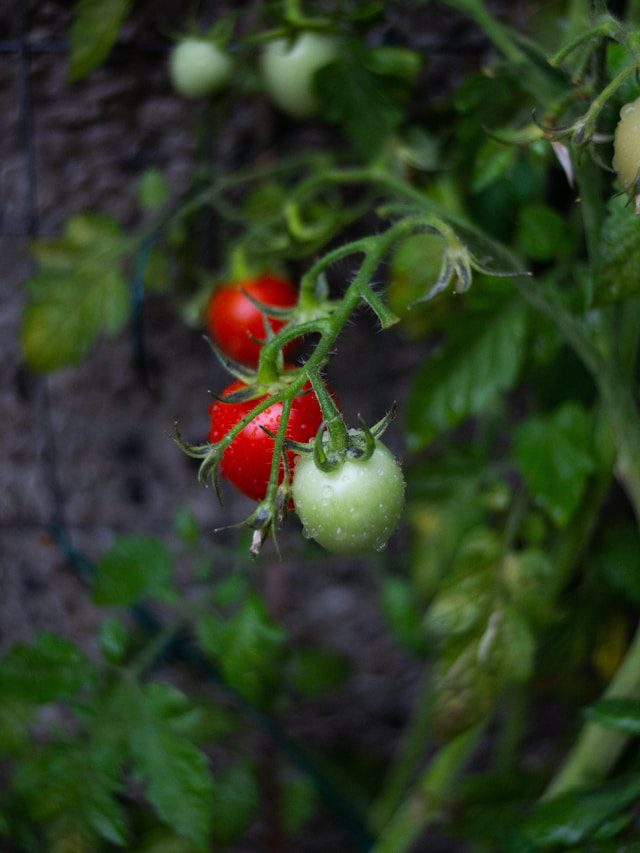
Timing plays a key role in pruning success. You should begin trimming tomato plants when they are about 12 to 18 inches tall and have developed a few sturdy stems. Early pruning helps shape the plant while it’s still manageable and prevents it from becoming too bushy later in the season.
For indeterminate tomato varieties, which continue growing and producing fruit all season, pruning should be done regularly to control height and promote airflow. On the other hand, determinate varieties (those that grow to a fixed size and fruit all at once) should only be pruned lightly. Over-pruning determinate tomatoes can reduce yield since they rely on their foliage to support fruit development.
It’s also best to avoid pruning during periods of extreme heat or intense sunlight. Removing too many leaves at once during hot weather can expose the fruits to sunscald, where direct sunlight causes pale patches or burns on the fruit surface. Instead, prune early in the morning or late afternoon when the sun is gentler.
10 Succulent Plants That Grow Tall
Tools You’ll Need for Pruning
Before you start pruning, it’s important to have the right tools on hand. Using proper tools ensures clean cuts and minimizes the risk of damaging the plant or spreading diseases.
A sharp pair of pruning shears or scissors will make your work easier, especially when cutting thicker stems. Always disinfect your tools before and after pruning to prevent the transmission of fungal spores or bacteria between plants.
Wearing gardening gloves will protect your hands from scratches and sap, while a small bucket or garden bag is handy for collecting pruned leaves and stems to keep your garden tidy.
Step-by-Step: How to Prune Overgrown Tomato Plants
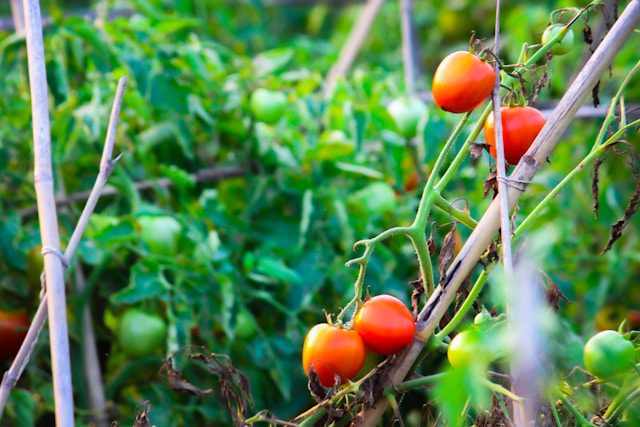
1. Identify and Remove Suckers
Suckers are small shoots that sprout from the junction where the leaf stem meets the main stem. While these shoots can eventually produce flowers and fruit, they often drain valuable energy that the plant could use to develop existing fruit clusters. To control growth, pinch off small suckers using your fingers.
For larger, woody ones, use clean shears. Some gardeners prefer to leave one or two suckers to grow into secondary fruiting stems, but this depends on how much space you have and how compact you want your plant to be.
2. Remove Lower Leaves
Leaves near the bottom of the tomato plant tend to get splashed with soil during watering or rain, which can spread soil-borne diseases. Once your plant is about 2 feet tall, begin removing the lower leaves up to the first fruiting branch. This creates a gap between the soil and the lowest foliage, helping to prevent fungal infections like early blight.
3. Thin Out Dense Growth
As the plant matures, you’ll notice dense clusters of leaves that block sunlight and restrict airflow. Selectively prune tomato branches that are overcrowded, crossing each other, or shading the center of the plant.
The goal is to maintain a structure with one or two strong main stems and open spacing between branches. This structure not only improves airflow but also makes the plant easier to manage and harvest.
4. Top the Plant (Optional)
If your tomato plant grows excessively tall, you can “top” it by cutting off the growing tip of the main stem. This technique stops vertical growth and encourages the plant to channel energy into ripening existing fruits rather than producing new ones. However, topping should be done cautiously and only when necessary, as it can slightly delay fruiting if done too early.
5. Dispose of Pruned Material Properly
Never leave pruned leaves and stems lying on the soil beneath your plants. They can harbor pests and diseases that may reinfect your tomatoes. Instead, collect the debris and dispose of it away from the garden or compost it if it’s disease-free.
Why Are My Citronella Plant Leaves Turning Yellow?
Tips for Successful Tomato Plant Pruning
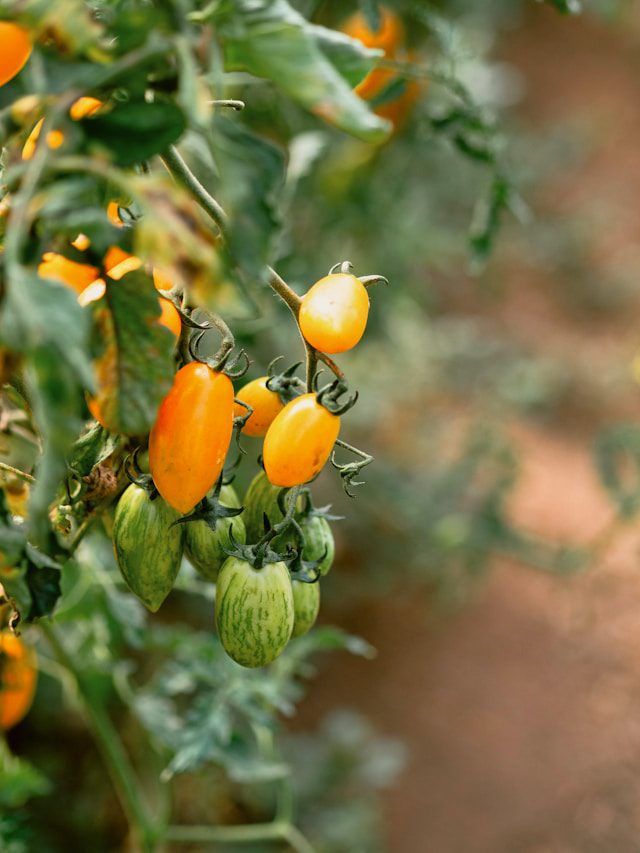
Pruning is as much an art as it is a science. To get the best results, follow these helpful tips:
- Prune gradually. Avoid removing too much foliage at once, as this can shock the plant.
- Keep a balance. Aim to leave enough leaves to protect fruits from sunburn while still allowing airflow.
- Prune regularly. Check your plants weekly and remove new suckers before they become large.
- Water after pruning. A deep watering session helps the plant recover faster from cuts.
- Use mulch. Applying organic mulch at the base helps retain soil moisture and prevent dirt from splashing onto the plant.
With consistent care, your tomato plants will stay healthy, balanced, and full of fruit.
Common Mistakes to Avoid When Pruning Tomato Plants
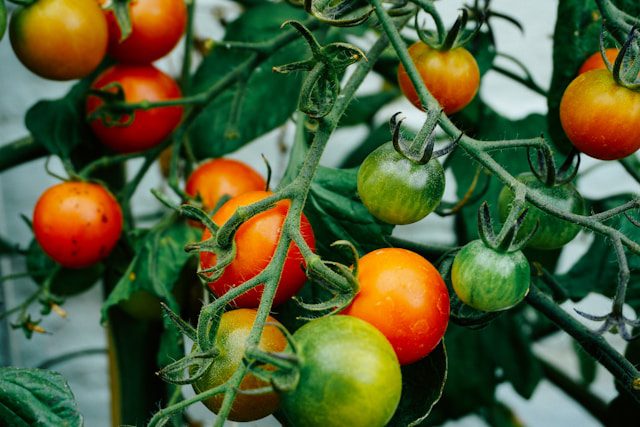
Even experienced gardeners can make mistakes when it comes to pruning. The most common one is over-pruning, where too many leaves are removed at once, exposing fruits to harsh sunlight. Another frequent error is pruning wet plants, which can spread diseases since moisture allows pathogens to travel easily from one leaf to another.
Some gardeners also forget to clean their tools, which can transfer infections from one plant to the next. Finally, avoid doing major pruning late in the season when fruits are already ripening – this can slow down the process and reduce your harvest.
How to Fix Wrinkling Snake Plant Leaves | Causes, Fixes & Prevention
Frequently Asked Questions (FAQ)
1. Can you prune tomato plants too much?
Yes. Excessive pruning stresses the plant and can reduce the number of leaves needed for photosynthesis. Always remove just enough to maintain airflow and structure.
2. Should determinate tomato plants be pruned?
Determinate varieties need only light pruning. Focus on removing yellow or diseased leaves rather than shaping the plant aggressively, as too much pruning can lower yield.
3. How often should I prune my tomato plants?
A weekly pruning routine works best. Regular checks allow you to remove suckers early before they grow large and drain too much energy.
4. What happens if I don’t prune my tomato plants?
Unpruned tomato plants become dense and tangled. This limits sunlight, reduces air circulation, and encourages pests and fungal diseases, leading to fewer and smaller fruits.
5. When should I stop pruning tomato plants?
Once the fruits begin ripening, stop heavy pruning. At this stage, the plant needs its remaining leaves for photosynthesis to help the fruits mature properly.
Which Plants Don’t Like Manure?
7 Common Repotting Mistakes You Must Avoid for Healthy Plants

